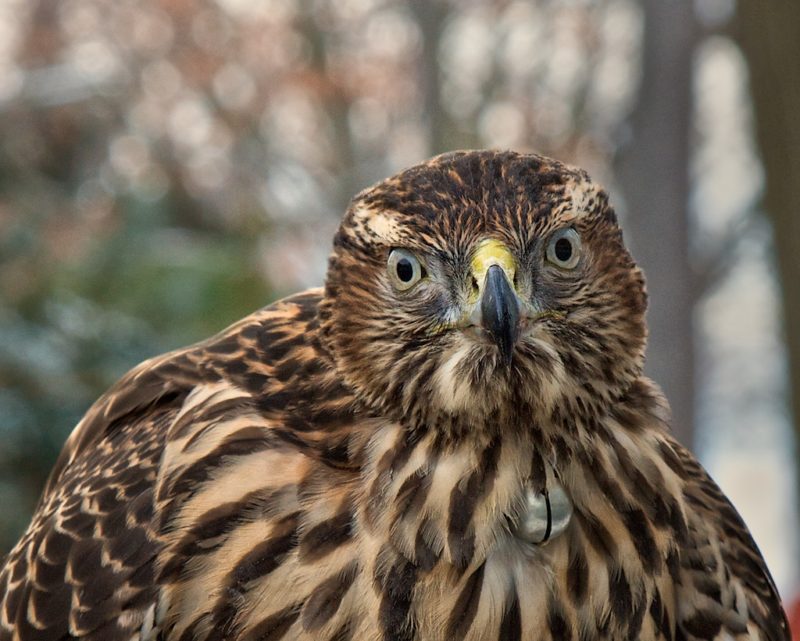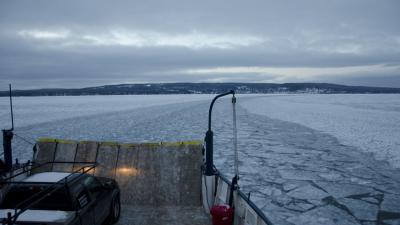The hermit had a name but no one knew it, or almost no one did. Francis Zirrer, an import from Yugoslavia, preferred it that way. All he wanted in the world, after all, was for the world to forget he was there.
By the 1930s, he and his wife took refuge in a cabin near Birchwood, far from society’s prying eyes. Their remote location provided unfettered access to nature’s grand displays, many of which Zirrer wrote of with great poeticism both in his private letters and his occasional article; such as the return of the bitterns in the springtime, their “ghostly forms” croaking through the night; and the ravens, too, whose wing beats hummed like “an approaching storm” long before he ever saw them.
Yet one day a family of rare Northern goshawks interrupted the Zirrers’ otherwise uninterruptible lives, nesting, for the first time in history, in Wisconsin.
Entranced by his discovery, Zirrer made the mistake of reminding the world he was there. In May of 1934 he sent word to Owen Gromme, a curator at the Milwaukee Public Museum, and soon after, Gromme and his assistant, Walter Pelzer, were leaving their boot prints behind on Zirrer’s land.
Observing the birds for themselves, the museum men grew desperate for a specimen. All they wanted in the world was for the world to know what they’d found. Of course they hadn’t found a thing, Zirrer had, and though the hermit much preferred they leave the birds alone, eventually he acquiesced to their demands. The mother goshawk had other plans, however, and as Pelzer climbed the tree to snag his specimen, the mother bird beat him back until she could beat him back no more.
I can’t say for certain that Zirrer regretted giving up the birds, though maybe we can guess from what he did next: how for years that hermit retrieved a pole and worked tirelessly to knock their nests from the trees, desperate for the birds to retreat farther from men like him.
Eventually, Zirrer and his wife were the ones to retreat, building another cabin in nearby Hayward, alongside a bog overrun with black spruce and tamarack trees.
A buddy and I visit the bog well over half a century later to find what clues of Zirrer’s life might remain.
Long story short, he left no clues—not of his life, at least. What we find, instead, is a motive for why a man might opt out of the world.
Entering the bog we’re greeted by a flyover courtesy of a pair of Trumpeter swans, and then, for the next half an hour or so, play tag with a couple of pine siskins. Bald eagles hover overhead, while down below, the sedge and the skunk cabbage cushion our every step.
Halfway through our hike, it occurs to me that, I, too, want to live Zirrer’s wild life for a while; to lift my eyes from the screens to the skies to witness the return of bitterns, ravens, goshawks.
All I want in the world, I realize, is for the world to forget I am here.








